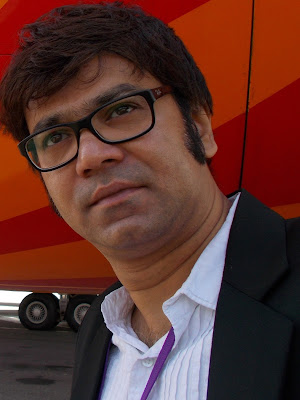Digital Technology - A boon or bane?

Varunan : Associate Professor Center for Animation, Game Art Design & Business While most of us would definitely agree that digital technology has made our lives more easier than it was, there are other sides of the story which is worth looking at. Post 1980, with the introduction of computer, there has been so much revolutions in digital era. Many new jobs were created and many smart choices with quality of life was achieved and we as humans, are quite good at creating our gods. Computers, as mentioned by Mr.Niel postman in his book “End of Education” which was written in 1984, has well mentioned that we humans have created our new God, which we can't live without and these gods, tell us on what to do and how to do. His vision in 1984, where there was very much limited expansion in digital technology, has become quite true. Today, the world is highly dependent upon use of computers and digital technology and it is a fact, that we humans cannot live without the tech







